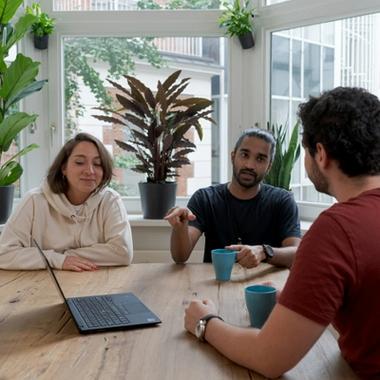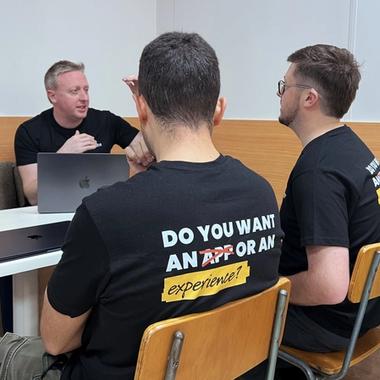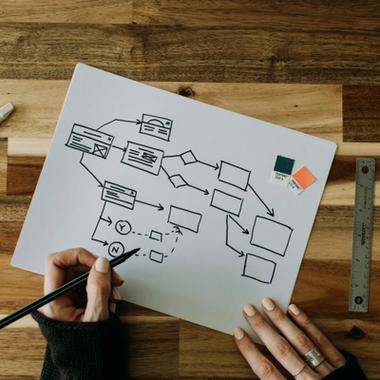Just as product owners and app developers form a crucial partnership, so too do product owners and project managers. While the product owner defines what the product should achieve and prioritises user and business goals, the project manager ensures the team how to deliver it, keeping timelines, resources, and workflows on track.
This collaboration is what turns strategy into reality. A project manager relies on the product owner to clarify priorities and validate trade-offs, while the product owner depends on the project manager to manage dependencies, remove blockers, and maintain momentum across sprints.
The distinction isn’t always obvious, but it matters: when roles are clear and communication is strong, projects run smoother, teams are less frustrated, and deadlines are more predictable. In industries with complex compliance or regulatory needs, this partnership ensures that the app is not only built correctly but also delivered efficiently, safely, and to the right standard.
Working together, product owners and project managers create a rhythm that keeps both vision and execution aligned, ensuring that what’s built is not just functional, but valuable and on time.





